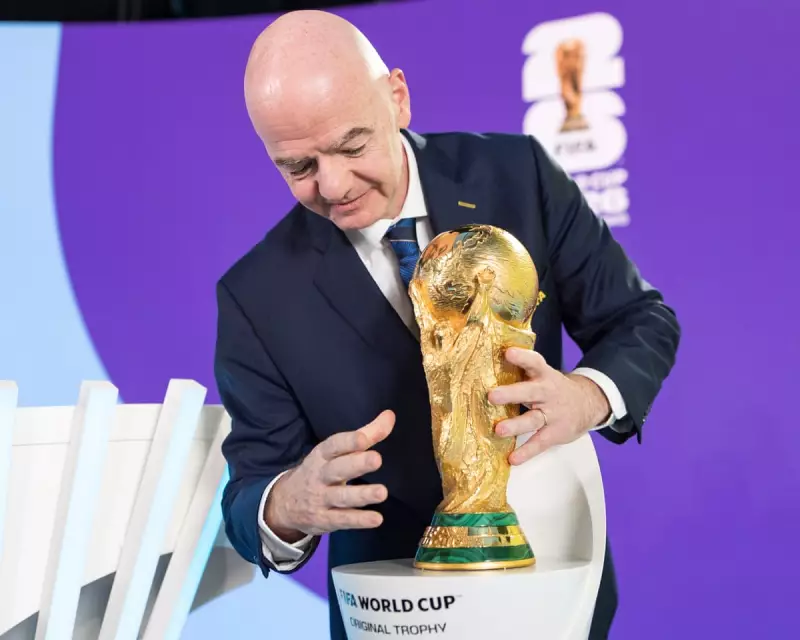
In a significant shift for international football, FIFA has confirmed it will implement a tennis-inspired seeding system for the 2026 World Cup draw. This strategic move is designed to ensure the world's four highest-ranked teams are kept in separate knockout brackets, potentially setting up a blockbuster finale.
A New Seeding Strategy for the Beautiful Game
The revolutionary change means that the top four seeds – Spain, Argentina, France, and England – will be placed on opposite sides of the draw. Should all four nations triumph in their respective groups, they would be unable to face each other until the tournament's penultimate stage. This guarantees a clear and exciting pathway through the knockout rounds for the world's elite footballing nations.
For England fans, this new structure offers a tantalising prospect. The Three Lions would avoid clashes with football powerhouses Spain and Argentina until the semi-finals. A potential meeting with France, another global titan, would be reserved for the final itself, provided both teams continue to win.
Draw Mechanics and Potential Matchups
The highly anticipated draw for the 2026 finals is scheduled for 5 December at 5pm GMT in Washington DC. The seeding pots have been confirmed, with England securely placed among the top seeds. Intriguingly, Scotland finds itself in pot three, raising the possibility of a classic British showdown during the group stages.
However, regulations stipulate that a maximum of two European teams can be placed in any single group. This means the potential for an England vs Scotland group stage clash would be eliminated if England were to draw another European opponent from pot two. Teams from other confederations will also be kept apart in the initial group stage.
The full pots for the draw are as follows:
- Pot 1: Canada, Mexico, US, Spain, Argentina, France, England, Brazil, Portugal, Netherlands, Belgium, Germany.
- Pot 2: Croatia, Morocco, Colombia, Uruguay, Switzerland, Japan, Senegal, Iran, South Korea, Ecuador, Austria, Australia.
- Pot 3: Norway, Panama, Egypt, Algeria, Scotland, Paraguay, Tunisia, Côte d’Ivoire, Uzbekistan, Qatar, Saudi Arabia, South Africa.
- Pot 4: Jordan, Cape Verde, Ghana, Curaçao, Haiti, New Zealand, four European playoff teams, two intercontinental playoff teams.
This seeding format was successfully trialled by FIFA at the Club World Cup earlier this year, indicating a growing trend towards ensuring the best teams progress deeper into major tournaments. The 2026 World Cup, with its expanded 48-team format, promises to be a spectacle of football, and this new draw system adds an extra layer of strategic intrigue.





